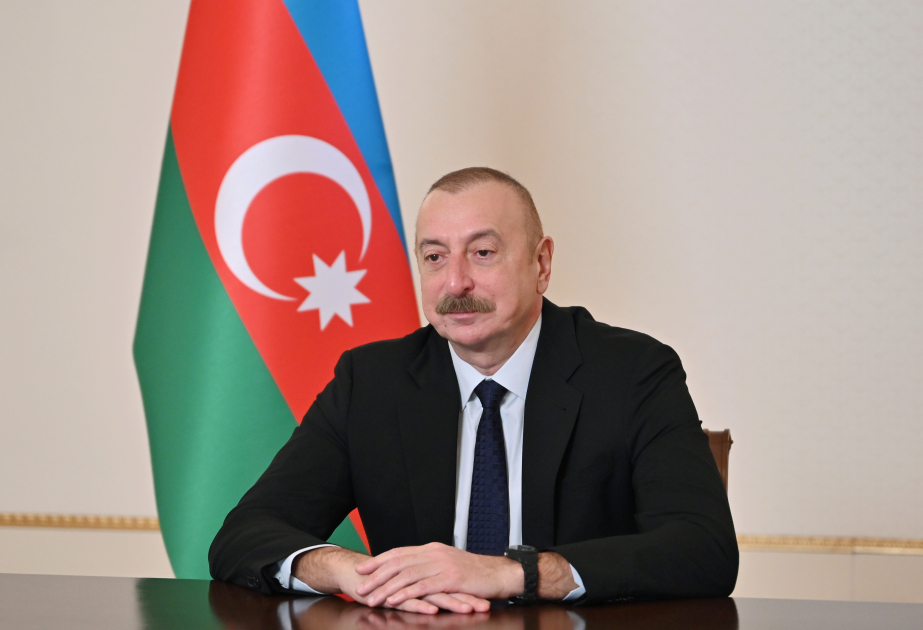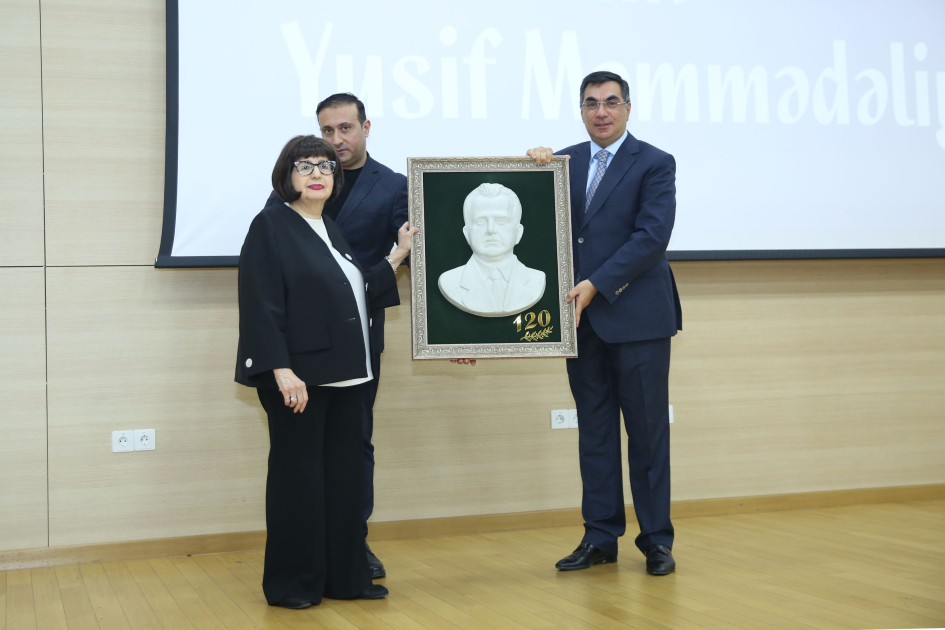The equestrian games of Karabakh are not just a tradition but an essential part of the region’s cultural heritage, deeply rooted in the history and daily life of our people. Passed down through generations, these games vividly reflect not only skill and mastery but also the unique bond between humans and horses—a symbol of strength, dignity, freedom, and victory. Equestrian games such as Chovgan embody the spiritual and cultural characteristics of the region. Today, in an era of globalization, these traditions require careful preservation.
In an interview with AZERTAC, Agaverdi Khalilov, head of the Ritual Folklore Department at the Institute of Folklore of ANAS, philologist, and researcher, who extensively studies traditional games, elaborated on the significance of equestrian games in Karabakh’s culture, their historical value, and their importance for future generations.
- Mr. Khalilov, why is the revival and preservation of traditional equestrian games in Karabakh important?
- Preserving Karabakh’s equestrian games is crucial for safeguarding the region’s cultural heritage. Furthermore, promoting these games internationally helps raise awareness of our unique traditions. To achieve this, we must actively revive these games and restore their role in our cultural landscape. Within global heritage, horseback games originating in Karabakh hold a special place, contributing to world culture and enriching it.
Our ancient games stand out among global cultural traditions due to their antiquity and sophistication. Written sources, folk narratives, and historical accounts confirm that Karabakh has a rich legacy of equestrian games. These games serve as valuable materials for studying various historical periods, from ancient Albania to the medieval era and into modern times. They enrich our national cultural heritage and have also spread to other regions of Azerbaijan.
- What is the cultural and historical significance of equestrian games and horse breeding in Karabakh?
- Karabakh holds a unique place in the history of Azerbaijani equestrian culture. It is the homeland of the Karabakh horse, considered one of the finest breeds for equestrian sports. The primary breeding grounds for these horses are located in Azerbaijan’s Karabakh region, particularly in Shusha, Aghdam, and surrounding districts. It is no coincidence that many professions and traditional crafts related to horse breeding flourished in Karabakh, especially in Shusha.
Shusha was also a center for traditional saddle-making. Horse breeding farms played a significant role in the region’s economy and culture. From both a geographical and historical perspective, Karabakh has been a key center of equestrian tradition. Karabakh horses are renowned for their speed and agility. Their primary gait is a gallop—fast, smooth, and powerful. While these horses were often exported to other countries, their true homeland remains Karabakh.
Studies classify Karabakh’s equestrian games as "Terekeme" games. Some notable examples include "The Hat Game," "The Scarf Game," "The Shepherd’s Hat Game," and others.
- What archaic ritual elements are present in Karabakh’s equestrian games? How did they emerge in these traditions?
- Many elements of traditional culture have ritualistic origins. Numerous games stem from ancient rituals that, despite evolving over time, have retained their core structure. In early spiritual practices, the horse was often seen as a means of transition to the "other world." Depending on the context, this "other world" could symbolize either chaos or cosmos. A horse that carries a rider into chaos could also lead them out of it. These symbolic elements are clearly observable in equestrian games.
For instance, when a rider on horseback picks up an object from the ground, it symbolically represents the act of restoring order to the world. Successfully retrieving an object without losing balance signifies the preservation of harmony. If performed blindfolded, this action symbolizes guiding the world out of chaos. For example, in some games, a blindfolded rider must circle a tree and remove a hat, representing a journey into darkness and the expulsion of malevolent spirits. This ancient ritual has roots in shamanistic traditions and has been preserved in the folklore of Turkic peoples.
In hat-based games, losing one’s hat symbolizes a transition to the "other world." Players strive to protect their hats, as losing one signifies symbolic exile. In traditional belief systems, someone must always be "sent" to the other world, reinforcing the ritualistic cycle of life and death. The hat, representing leadership and authority, is left behind as a sign of departure. These ritualistic and mythological elements, though symbolic, were perceived as real within the traditional worldview.
In team-based equestrian games, the world is metaphorically divided into two realms: chaos and cosmos. In ancient rituals, playing with a ball or similar object and passing it through a designated space—such as a goal in Chovgan or a ring in Surpapak—symbolizes a transition between worlds.
- What role does Chovgan play in preserving Azerbaijan’s cultural heritage? Why is this game so important to local traditions?
- Historical evidence confirms that Chovgan has been popular in Azerbaijan since ancient times. Archaeological excavations in Orengala uncovered a painted vessel depicting a Chovgan match, demonstrating that the game was played as early as the 9th century in the city of Beylagan.
Chovgan is one of the rare and valuable examples of humanity’s gaming culture, making its preservation essential. The game encapsulates history and tradition. To maintain the cultural integrity of our heritage, we must ensure that Chovgan and other traditional games do not fade into obscurity.
With the support of the Heydar Aliyev Foundation, the Chovgan game on Karabakh horses has been recognized by UNESCO as part of Azerbaijan’s Intangible Cultural Heritage.
- In your opinion, how should younger generations be introduced to these traditions? What skills can these games help develop?
- This aspect of Azerbaijani folk games remains largely unexplored and is often overlooked in contemporary research. The existing studies are mostly descriptive compilations rather than in-depth analyses. Since these games are gradually fading from active practice, there is a pressing need to study, document, and revive them.
By doing so, we can pass down the richness of our cultural diversity to future generations, ensuring that these traditions remain vibrant and intact.


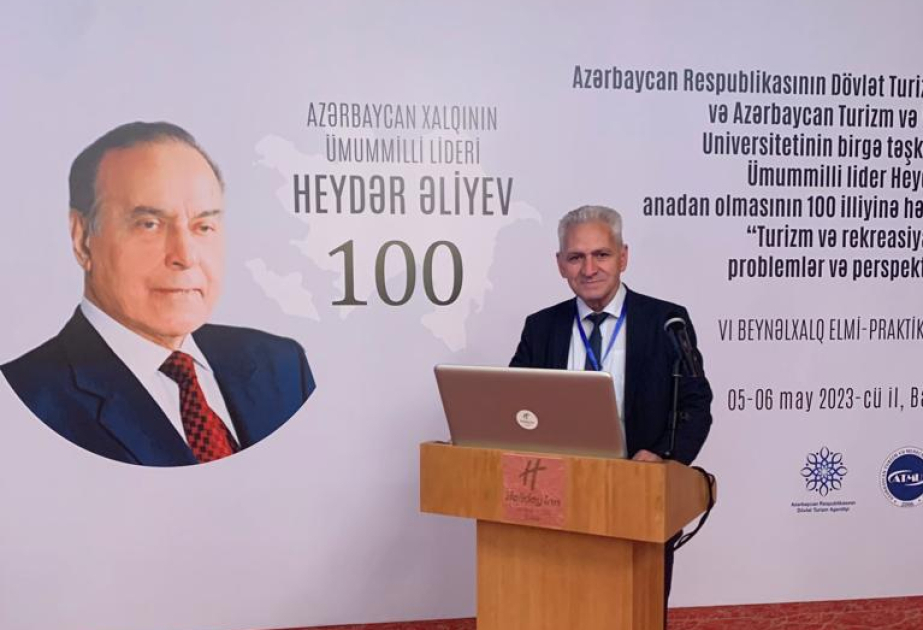
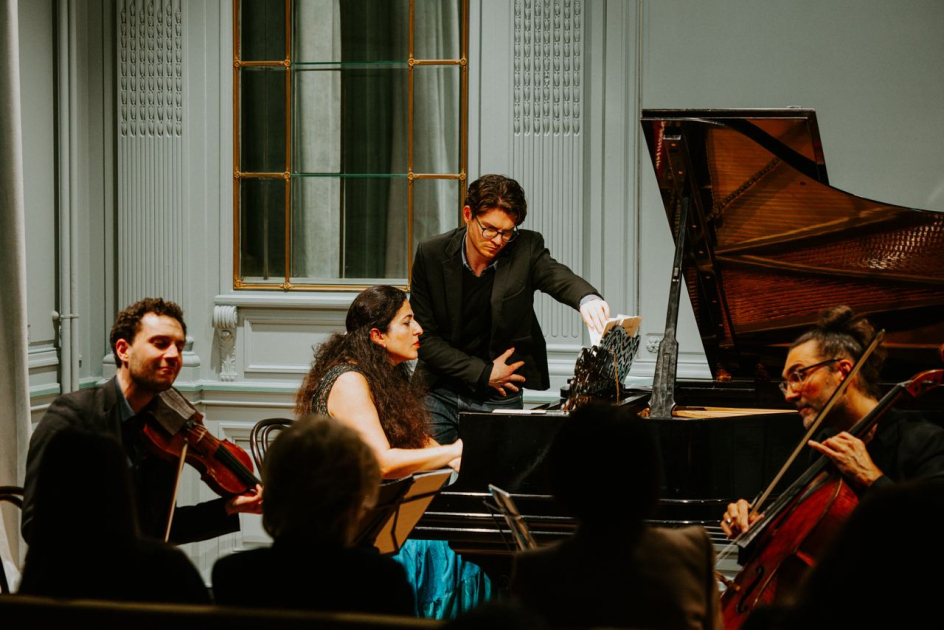
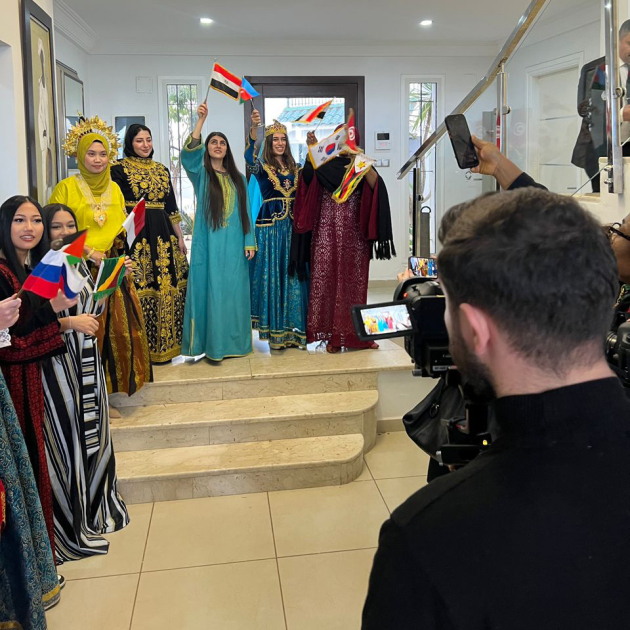



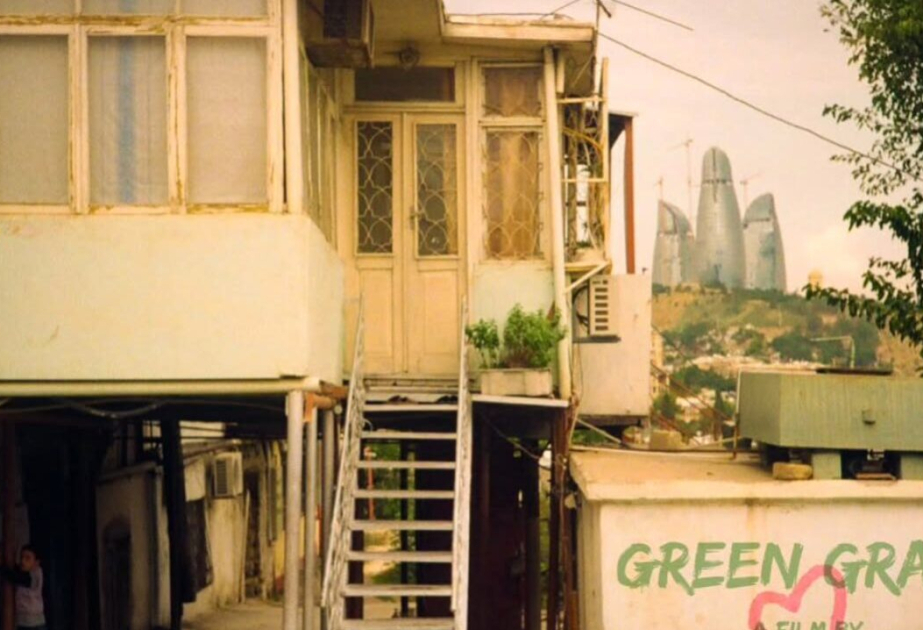
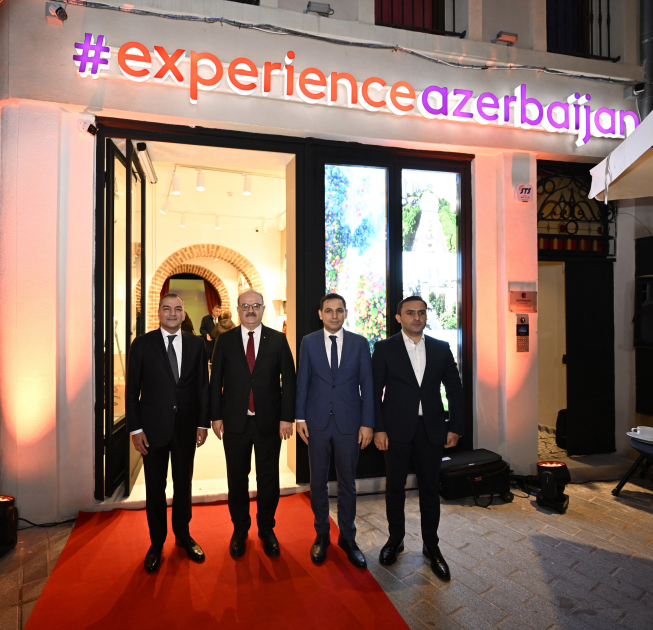
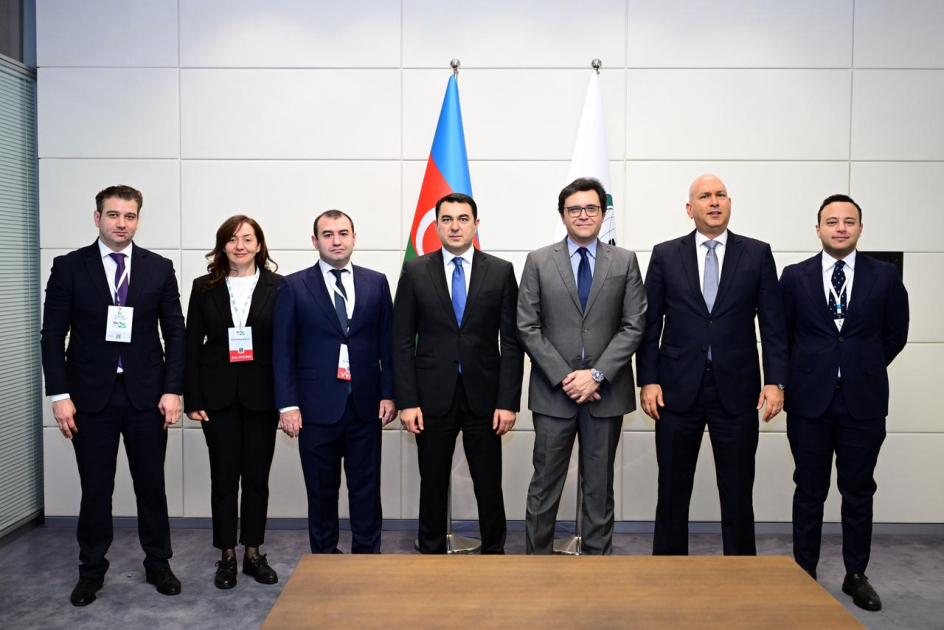
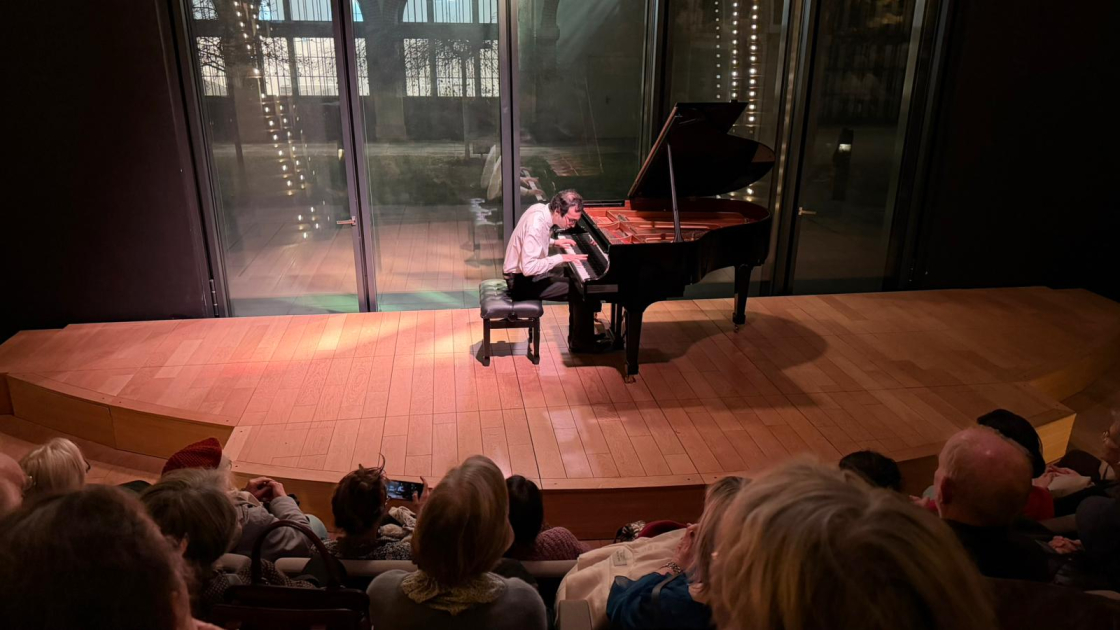
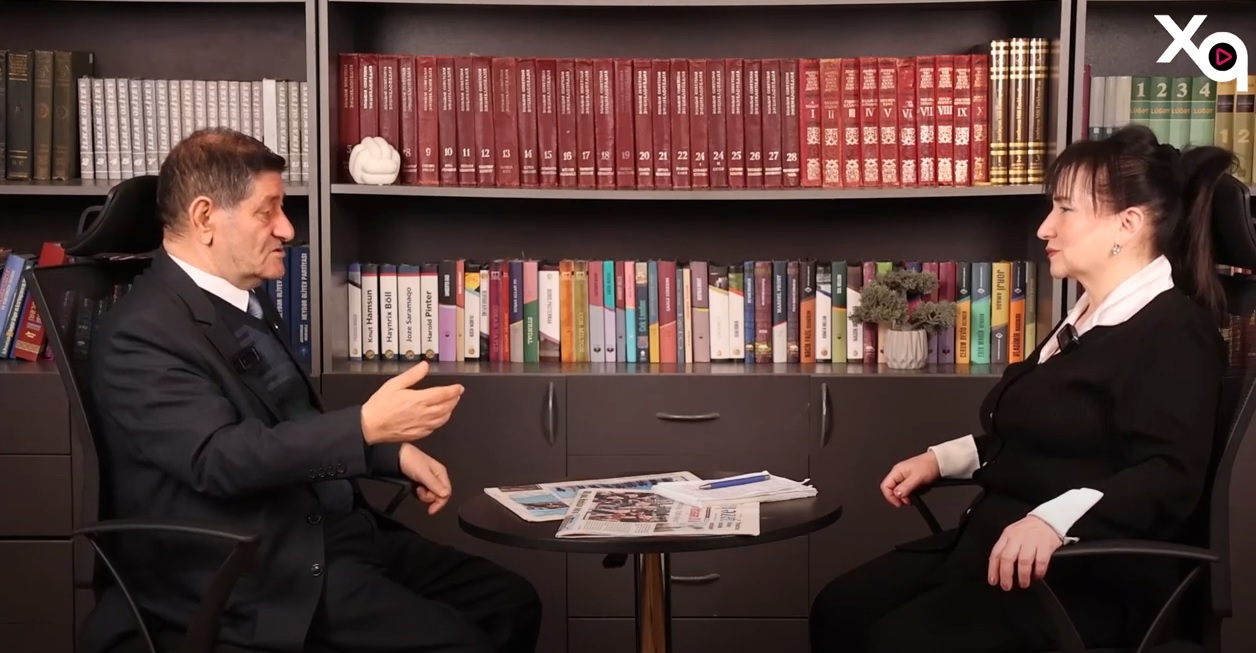
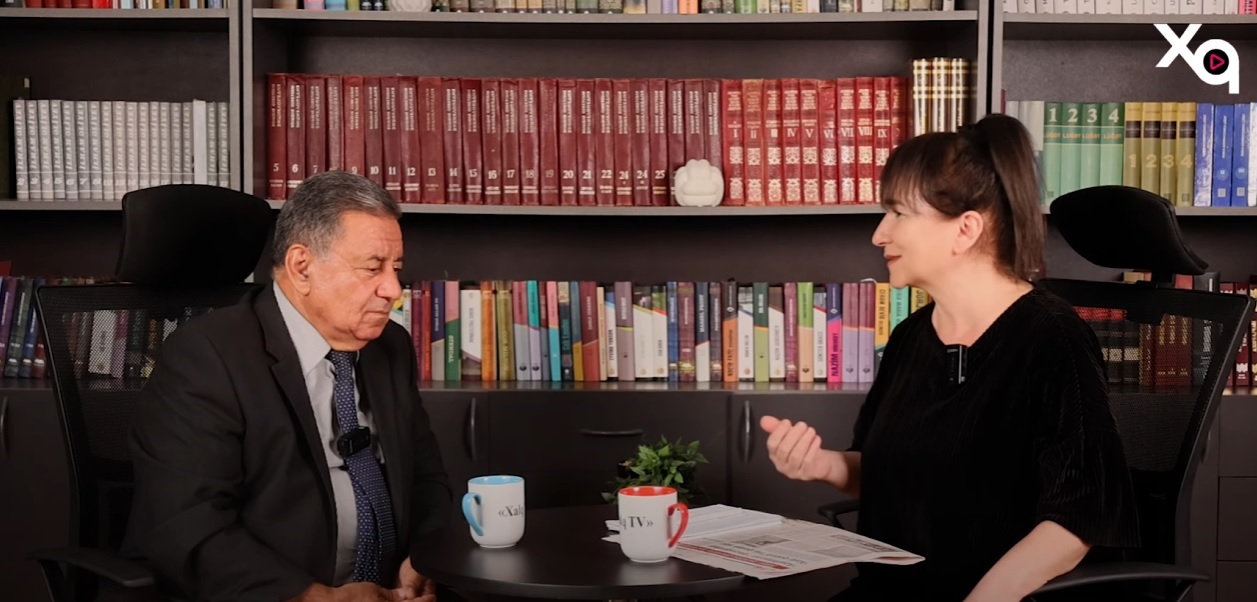
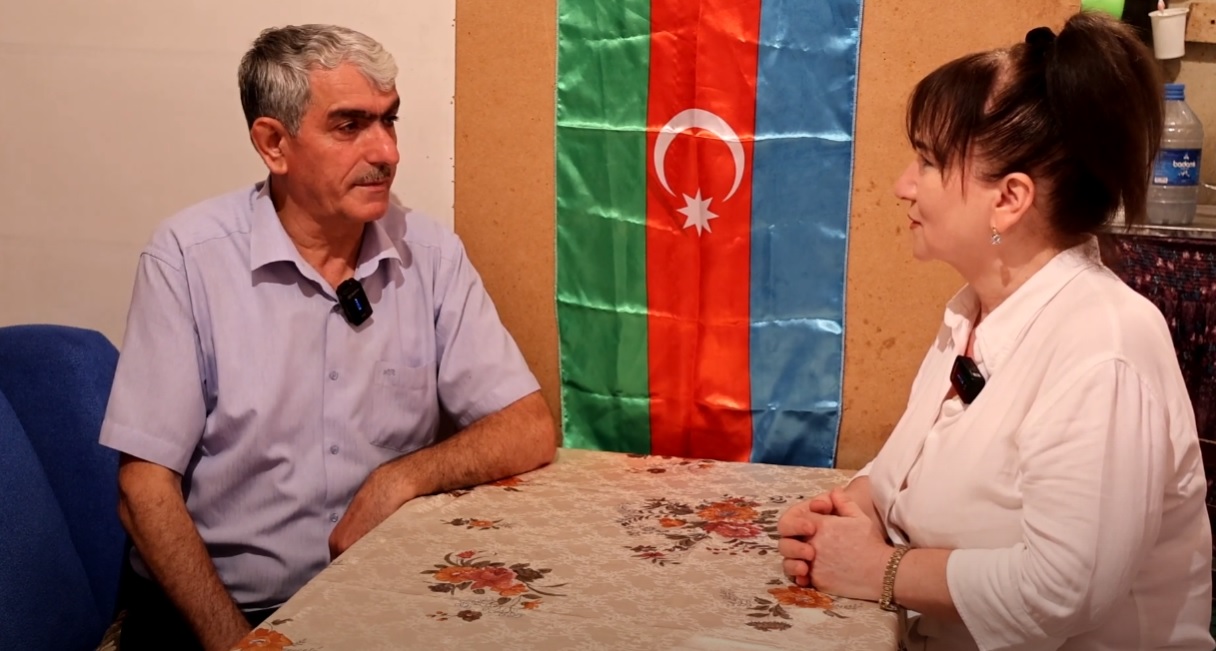



.webp)

